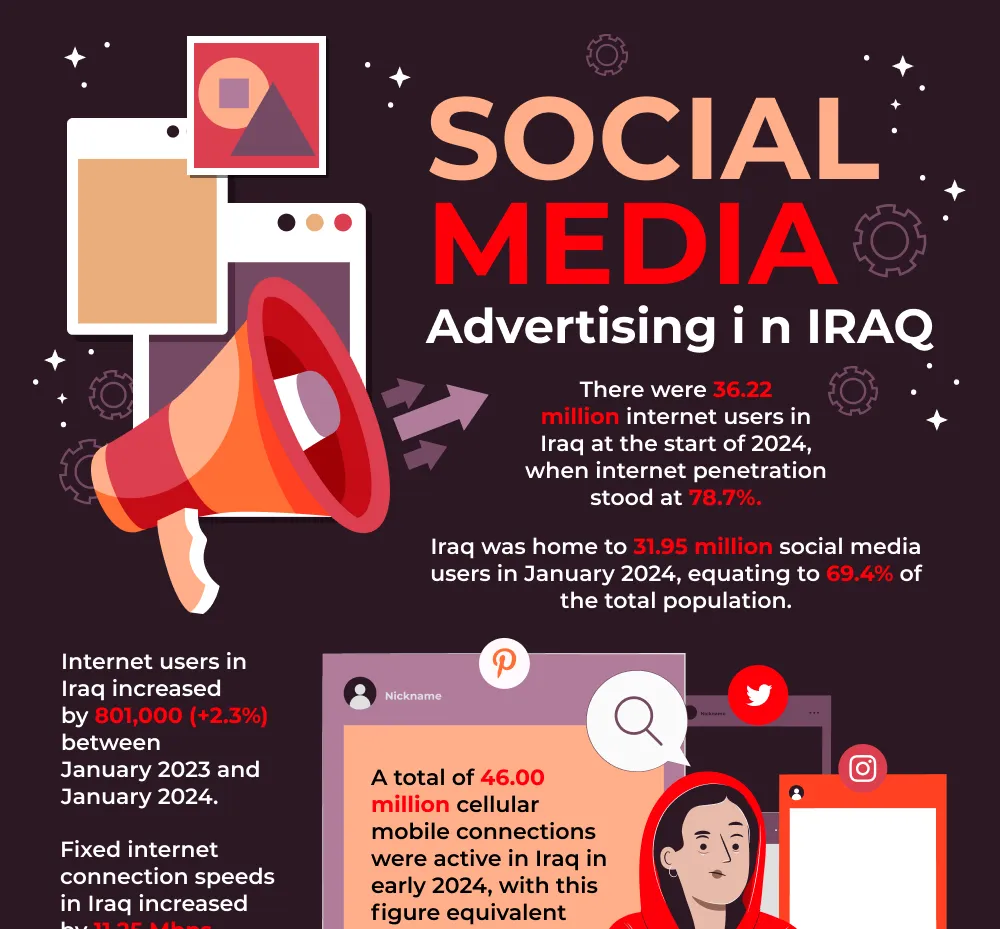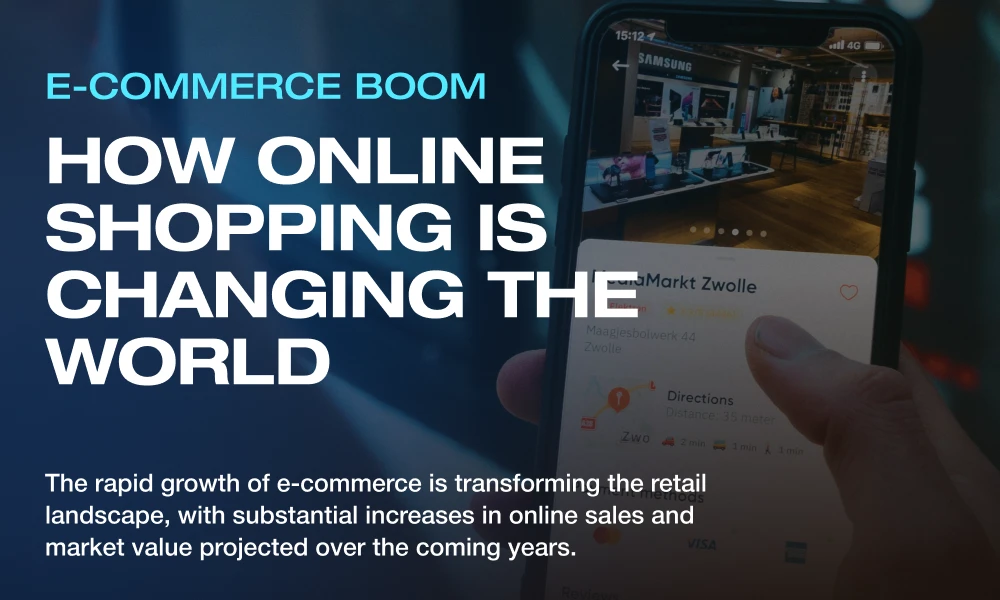Our Infographic "Mobile Commerce Statistics and Trends" covers latest M-commerce statistics and Trends.
 By 2013 more people will use mobile phones than PCs to get online
By 2013 more people will use mobile phones than PCs to get online
54.9 percent of U.S. mobile subscribers owning Smartphones as of June 2012
2 out of 3 Americans who acquired a new mobile phone chose a smartphone
66% of smartphone owners are from 24-35 of age group
Global Mobile Payment Transaction Value (2012-2015)
| Year | Amount ( In Billions) |
| 2012 | $171.5 |
| 2013 | $243.5 |
| 2014 | $345.7 |
| 2015 | $490.9 |
US M-commerce Sales Statistics 2012-2015
| Year | Revenues ( in Billions) |
| 2012 | $11.6 |
| 2013 | $17.2 |
| 2014 | $23.7 |
| 2015 | $31.0 |
41% of Smartphone owners have made a purchase from their mobile phone
| Categories | Percentage |
| Travel Reservations | 17% |
| Apparel | 16% |
| Food and Beverages | 15% |
| Toys and Games | 11% |
| Electronics | 11% |
| Home Goods | 8% |
| Sporting Goods | 4% |
| Books | 4% |
| Jewelry | 3% |
| Other | 8% |
80% of mobile users prefer locally relevant advertising and 75% are more likely to take an action after seeing a location-specific message.
79 % of Smartphone owners use a smartphone to help with shopping and 70 percent use phone in store. Out of those
How Smartphone owners use their device for shopping
- 54% located a retailer and 46 percent called a retailer
- 49% compare prices to help decide
- 44% read reviews and product info
- 40% looked for promotions and discounts
- 34% search in-store inventory
- 28% used a discount coupon on phone.
74 % of smartphone shoppers have made purchase following research on phone.
The average annual spend on mobile purchases is US$300.
78% of retailers plan to invest in mobile commerce this year
69% of retail executives said mobile is an important strategic initiative







